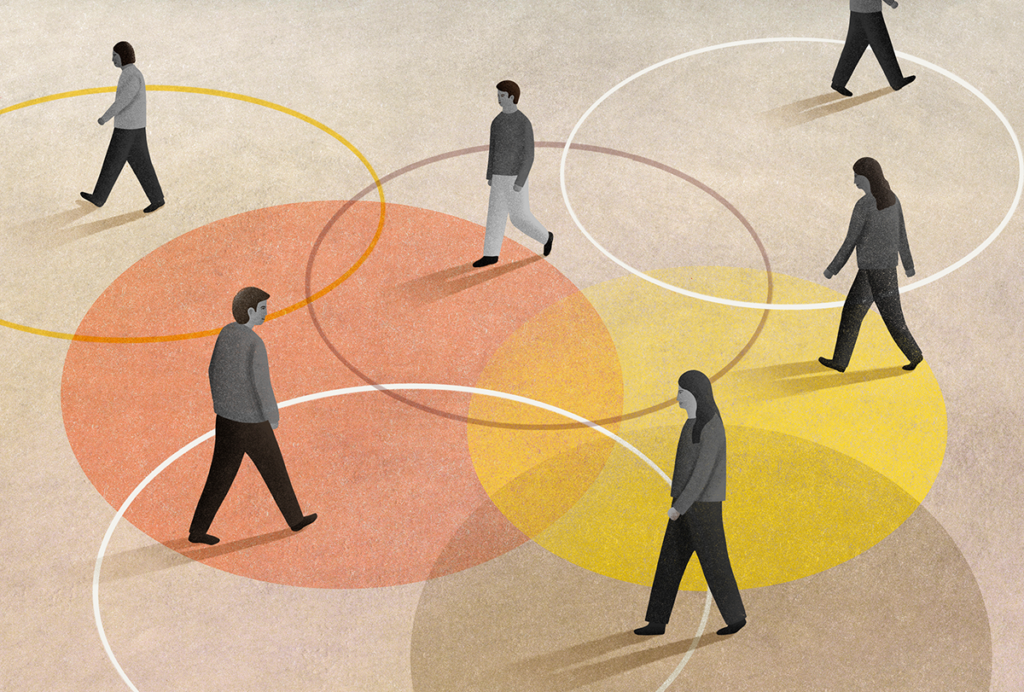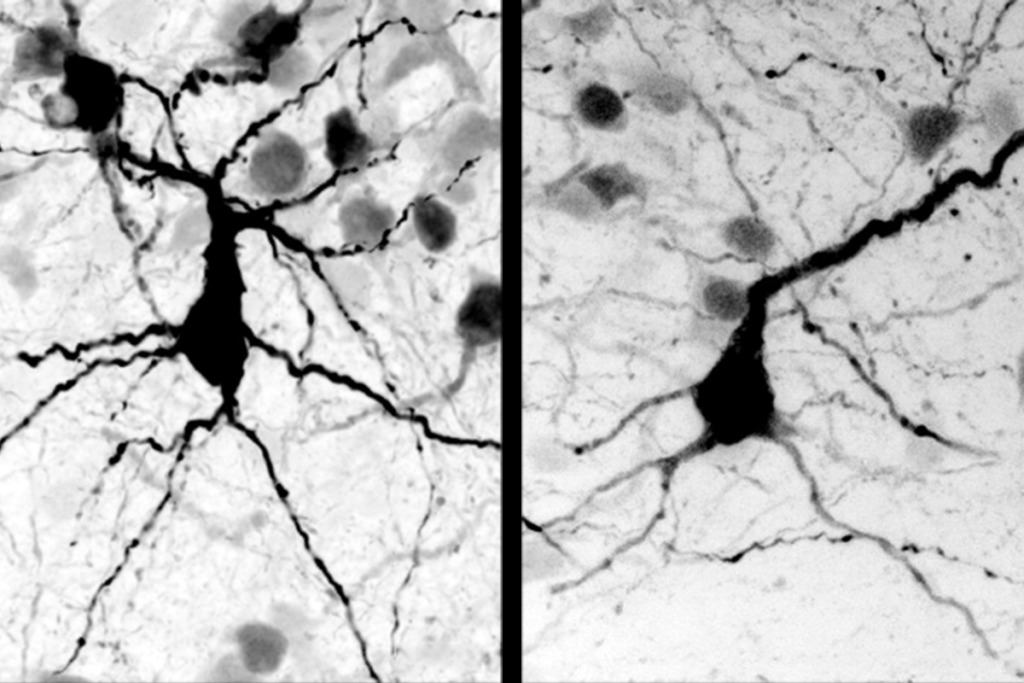
Parent training may lead to lasting gains in autism features
Teaching parents of toddlers with autism how to respond to their children may result in long-term improvements in these children’s autism features.
Teaching parents of toddlers with autism how to recognize and respond to their children may result in stable improvements in these children’s social communication and other autism features.
The findings, published 25 October in The Lancet, come from the largest study yet to explore the long-term effects of an early behavioral therapy for autism1.
“Modification of the core developmental symptoms of autism has been considered previously to be a very difficult task for intervention,” says lead researcher Jonathan Green, professor of child and adolescent psychiatry at the University of Manchester in the United Kingdom. “This is the first demonstration of a long-term reduction in symptom severity after an early intervention for autism.”
Most treatments for autism involve a therapist working directly with a child. Green and his colleagues took a different approach. They taught parents of toddlers with autism how to recognize and respond to their children’s attempts to communicate.
In 2010, they reported that children whose parents received the training use words and gestures more often than those with parents who did not2. In the new study, the researchers show that these gains persist for almost six years. Children in the treatment group also showed improvements in social skills and a decrease in repetitive behaviors, the researchers found.
“Everybody feels that early intervention helps, but nobody’s proven it because the studies are so hard to run — this is a landmark study providing proof for that belief,” says Sarah Spence, co-director of the Autism Spectrum Center at Boston Children’s Hospital, who was not involved in the study.
Treatment test:
In their 2010 study, Green and his colleagues randomly assigned the parents of 77 children with autism between the ages of 2 to 4 years to receive one-on-one training with a therapist twice a month for six months. The parents of another 75 children with autism in the same age range did not receive the training. All of the children were permitted to receive other therapies in the meantime.
During the training, parents watched videos of themselves interacting with their child. The therapist helped the parents interpret their child’s actions and suggested ways to respond. Improving parents’ responsiveness in this way should reinforce and strengthen the child’s communication skills, Green says.
Parents attended monthly support meetings for an additional six months and agreed to use their newly learned strategies with their child for at least 20 minutes a day. A year after the training started, Green and his colleagues measured the severity of the children’s autism features. They also gauged how well the children and their parents communicated with each other.
The children whose parents received the training communicated more often than those with untrained parents, the researchers found. The training didn’t confer any benefit in improving the children’s core autism features, as measured by the Autism Diagnostic Observation Schedule, a widely used diagnostic measure.
In the new study, the researchers retested 121 children from the original trial nearly six years after the training ended. The group included 59 children whose parents had received training and 62 whose parents had not.
The children in the treatment group had continued to communicate with their parents more frequently than those in the control group, Green’s team found.
Shifting severity:
The researchers measured autism severity using the Calibrated Severity Score, a test that controls for a child’s age and language ability. This test was not available when they analyzed the data for their 2010 study.
When the researchers reanalyzed their initial data using the test, they found that the children in the treatment group showed a decrease in their autism severity: They showed greater improvements in social communication and a bigger decrease in repetitive behaviors than those in the control group.
These children maintained their advantage six years later, with 46 percent of them showing severe autism features compared with 63 percent of children in the control group.
Spence says the changes are likely to be clinically meaningful. But she says the treatment does not appear to work for everyone. “A couple of the kids got worse,” she says.
Still, the findings should send a positive message to parents of children with autism, says Connie Kasari, professor of human development and psychology at the University of California, Los Angeles, who was not involved in the study. “They can do something to actually help their kid and reduce some of the symptoms.”
Green and his team plan to follow the children into adolescence. They are also launching a new study in which they plan to train both parents and teachers of children with autism.
References:
Recommended reading

New organoid atlas unveils four neurodevelopmental signatures
Explore more from The Transmitter

The Transmitter’s most-read neuroscience book excerpts of 2025

Neuroscience’s leaders, legacies and rising stars of 2025


